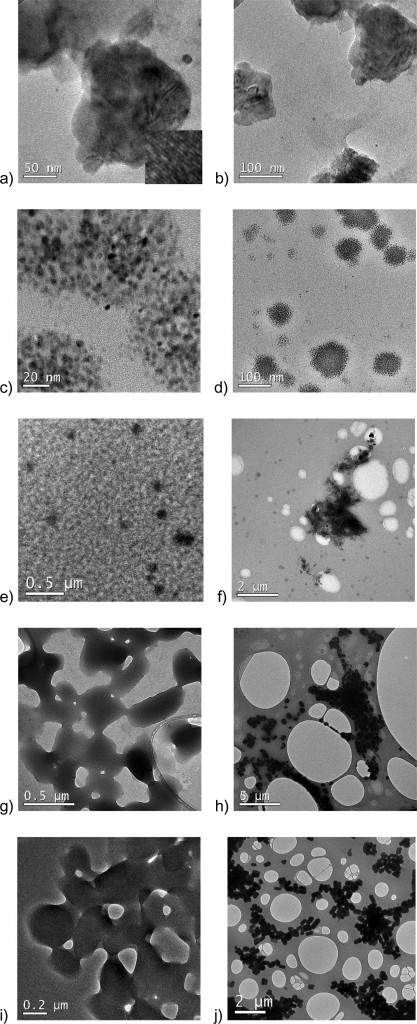
Fig 2. TEM micrographs of regular silver spray (a,b), regular disinfectant spray (c,d), regular hairspray (e,f), regular skin hydrating mist (g,h) and regular facial spray (i,j)
One of our latest Environmental Science: Nano papers focuses on quantification of inhalation exposure relating to aerosols.
The research, conducted by Gediminas Mainelis and colleagues from Rutgers University, USA, measured inhalation exposure and dose deposition of spray particles, as well as using electron microscopy to visually identify nano-objects. The team tested five ‘regular’ sprays and five nanotechnology-based sprays, with some interesting conclusions.
Electron microscopy showed that some regular sprays contained nanoparticles, whilst some nanoparticle sprays did not. Nanoparticles manufactured in small to moderate quantities, or those without novel molecular identities, may not be subject to regulation, meaning that it might be possible for them to appear in ‘regular’ sprays without the nanotechnology label.
Mainelis et al found no correlation between the presence and abundance of nano-objects and the determined inhalation exposures and in 7/10 sprays, the highest inhalation range was in the coarse particle (2.5-10um) range. Does this suggest that nanoparticles are less easily inhaled? In addition, 8/10 sprays produced high deposited doses, with deposition mostly in the head airways versus the alveolar region. This is an interesting insight, which lends itself to further toxicological study of inhalation exposure; is it better or worse for these particles to deposit mostly in our head airways rather than our lungs, and what are the effects of deposition?
As nanoparticle use continues to increase, it might be expected that regulation will increase with it. Mainelis’ study and quantitative results provide valuable data on the potential exposure associated with these sprays, and will aid both manufacturers and regulators in the development and safe use of these products. I don’t know about you, but I’d rather not have hair spray particles floating around my airways.
To download your free copy* of Mainelis’ full paper, follow the link below:
Quantitative assessment of inhalation exposure and deposited dose of aerosol from nanotechnology-based consumer sprays, by G Mainelis, P Lioy and Y Nazrenko. DOI: 10.1039/C3EN00053B
*Access is free through a registered RSC account – click here to register










